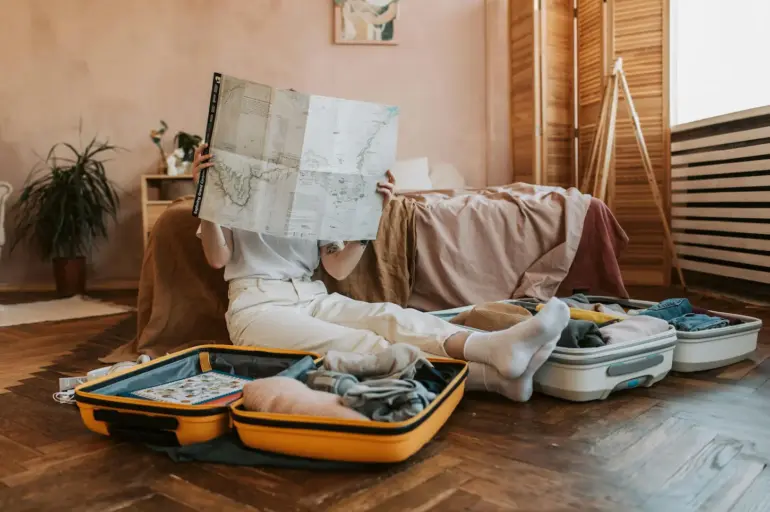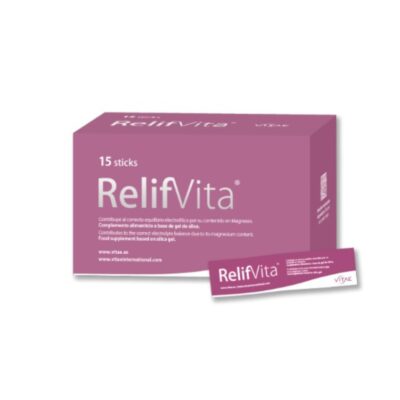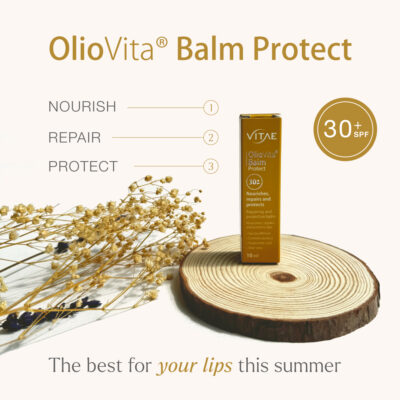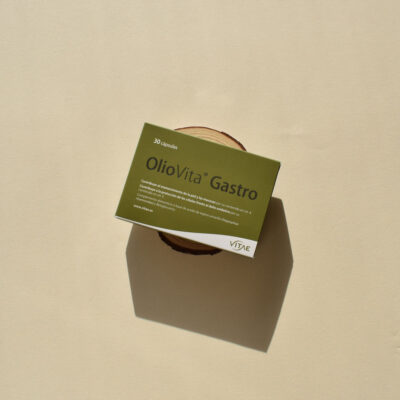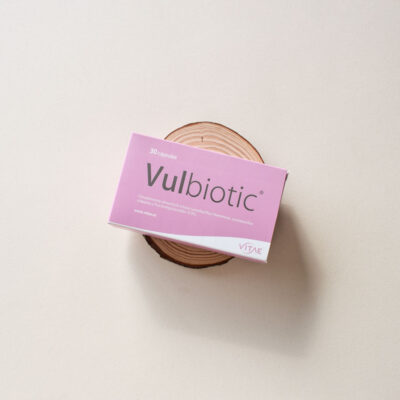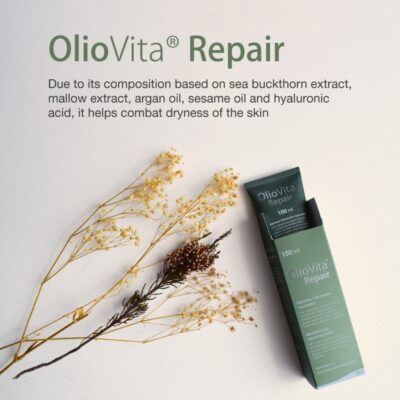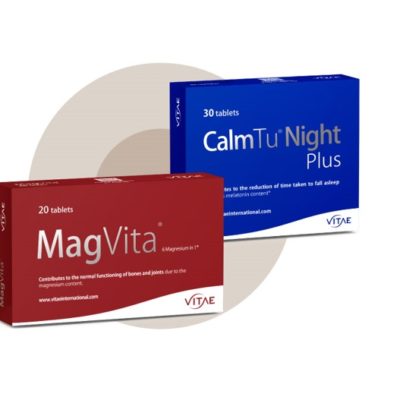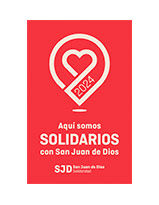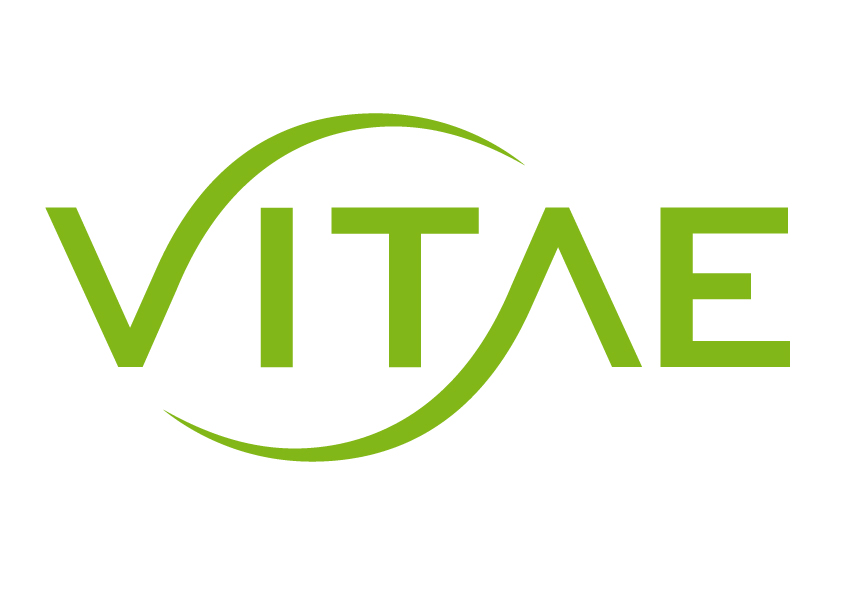Having a well-prepared travel first aid kit can make all the difference on your trip. This guide offers basic recommendations to help you organize it effectively, taking into account factors like your destination, length of stay, and personal needs.
Good preparation is key to traveling with peace of mind and being ready for the unexpected.
Before You Start: 3 Key Steps to Prepare Your Travel Kit
When we start packing, we usually think first about clothes, gadgets, or documents. But there’s something just as important—if not more so: preparing your travel first aid kit with time and thought. This is especially true if you’re traveling with children, older adults, or have a medical condition that needs specific care.
A little planning can save you a lot of trouble if a health issue arises while you’re away. From digestive upset to insect bites, climate changes, or trouble sleeping, having the essentials at hand can make a big difference.
Before you start packing your kit, ask yourself these questions:
-
What type of trip is it? (adventure, relaxing, international, rural…)
-
Are there differences in climate, food, or altitude?
-
Do you take regular medication or need prescriptions?
-
Is there easy access to pharmacies at your destination?
-
Will you need vaccines or special precautions?
-
What issues do you usually experience when traveling? (digestion, sleep, skin…)
A well-thought-out kit starts by knowing your needs and planning ahead.
1. Destination & Climate: How to Adapt Your Kit for the Beach or the Mountains
Traveling to the sea is not the same as going up to 2,000 meters. Environmental conditions vary—and so do the contents of your first aid kit. Choosing the right items can save you from more than one mishap, especially if you’ll be in close contact with nature.
-
At the beach, direct sun exposure, heat, and humidity can increase the risk of sunburn, dehydration, or skin infections.
-
In the mountains, UV radiation rises by 15% for every 1,000 meters of altitude. The air is usually drier, and weather conditions can change quickly.
Keep these key factors in mind:
-
UV radiation (higher at altitude): Use high-protection sunscreen (SPF 50+) and reapply often.
-
Insects (more common in humid or rural areas): Bring an effective repellent and soothing cream for bites.
-
Dry or cold climates: Include lip balm, healing cream, and dressings for blisters or minor wounds.
Always tailor your kit to your environment: anticipating conditions is essential for safe travel.
2. Trip Duration: Scale Your Kit Accordingly
The longer the trip, the more you’ll need to plan ahead. If you’re just taking a weekend break or traveling with carry-on luggage, a compact, optimized first aid kit might be the most practical option.
Here’s a rough guide to help adjust the weight and format of your kit:
| Trip Duration | Estimated Kit Weight | Recommended Format |
|---|---|---|
| Weekend (2–3 days) | ~150 g | Loose blisters, mini-doses |
| 1 week | ~250 g | Medium tubes or bottles |
| 2+ weeks | ~400–500 g | Family-size or multi-dose |
| Long trip (>1 month) | >500 g + refills | Weekly kits, split by category |
Extra tip: Store supplements in a clear zip bag—ideal for airport security checks.
3. Personal Conditions: Don’t Forget Regular Medications
If you take chronic medication, it’s crucial to plan how to carry and access it throughout your trip. Avoid complications with this practical checklist:
Chronic Medication Travel Checklist
-
Bring an electronic prescription or updated medical report
-
Keep medication in original packaging with your name visible
-
Always carry meds in hand luggage when flying
-
Check if you need a medical certificate for customs (especially outside the EU)
-
Get international health insurance that covers pre-existing conditions
-
Pack extra doses in case of delays or changes in plans
Pro tip: Some countries ban common meds like anxiolytics or codeine-based drugs. Check local regulations before you travel.
Essential Travel First Aid Kit Checklist
When it comes to health, improvising is never a good idea. Having the essentials in your travel first aid kit brings peace of mind and allows you to enjoy your trip to the fullest. Below is a practical checklist of over-the-counter (OTC) essentials and Vitae supplements that can truly make a difference when you’re far from home.
| Concern | OTC Product | Vitae |
|---|---|---|
| Pain & fever | Paracetamol or ibuprofen | — |
| Digestive upset | Antacids, anti-diarrheals | Vitadigset Enzymes (probiotics + enzymes) |
| Sun exposure | Topical sunscreen SPF 50+ | OlioVita Protect (oral sun protection) |
| Insect bites | DEET 20–50% repellent, soothing cream | OlioVita (skin recovery) |
| UTI/urinary urgency | Painkillers, urinary sachets | UrinVita (antioxidant support) |
| Jet lag & sleep | Melatonin 1mg+ | CalmTu Night Plus (melatonin + herbs) |
| Minor wounds | Gauze, plasters, antiseptic | — |
Pain & Fever: Must-Have Analgesics
A travel essential. Whether it’s an unexpected headache, muscle aches, or fever, keep common painkillers like paracetamol or ibuprofen in your kit. Always check the dosage and bring pediatric versions for kids.
Digestive Support: Travel Probiotics
Changes in food, water, or routine can take a toll. IntestVita Enzymes combines 3 human-resistant probiotic strains + 4 digestive enzymes—ideal for supporting digestion and your microbiota while on the move.
Pair with antidiarrheals or antacids if you’re heading to high-risk areas.
Skin & Sun: Oral Photoprotection
Whether at the beach or in the mountains, skin protection goes beyond topical creams. OlioVita Protect strengthens skin defenses from within—especially helpful for sun-sensitive skin or prolonged exposure. Start a few days before and continue during sun exposure.
Insect Bites: DEET 50% Repellent
In rural, tropical, or humid areas, repellents are essential. Choose one with 20–50% DEET for effectiveness. Follow up with soothing products after bites. To repair irritated or damaged skin, OlioVita works from the inside out.
Urinary Health: Cranberry on the Go
Changes in hygiene, hydration, or humidity can increase urinary discomfort, especially in women. UrinVita contains concentrated cranberry extract and vitamin C to protect the urinary tract. Ideal for prevention during travel.
Jet Lag: Melatonin for Travel
Crossing time zones disrupts your sleep cycle. Melatonin helps reduce the time it takes to fall asleep. CalmTu Night Retard delivers 1 mg of time-release melatonin + valerian and passionflower extracts, supporting restful sleep.
First Aid: Mini Kit Essentials
Always handy for quick care or minor injuries:
-
Sterile gauze
-
Band-aids in various sizes
-
Antiseptic
-
Small scissors
-
Tweezers
-
Saline solution
-
Gloves
-
Digital thermometer
Custom Kits Based on Traveler Type & Destination
(travel kit for kids | tropical travel kit)
One-size-fits-all doesn’t apply to first aid kits. Needs vary depending on the type of trip, the traveler’s profile, and the environment. Here’s a modular approach to help you build the perfect kit for any situation.
Families with Children
When traveling with little ones, prevention becomes even more critical. Their immune systems are more vulnerable, and it’s harder to find pediatric products abroad.
Pack this in your kids’ travel kit:
-
Digital thermometer and children’s paracetamol/ibuprofen
-
Single-dose saline and sterile gauze
-
Child-specific repellent (check age suitability)
-
Ointment for rashes, bruises, or bites
-
Pediatric sunscreen + oral sun protection (for 3+ years)
-
Probiotics in drops or sachets + oral rehydration
-
Routine medication + dosage schedule notebook
Backpackers & Trekkers
If your trip involves nature trails or remote areas, your kit becomes a survival tool.
Must-haves in your backpacker’s kit:
-
Painkillers, anti-diarrheals, and blister pads
-
DEET 50% or permethrin repellent (for clothing)
-
Thermal blanket, bandages, adhesive sutures
-
Eye drops, sunscreen + SPF lip balm
-
IntestVita Enzymes for digestive support
-
Water purifying tablets and rehydration salts
-
Antiseptic and topical antibiotic
-
Oral photoprotection for high altitudes or exposed zones
Business Travelers
Even in comfort, a demanding work environment and disrupted routines can take a toll.
Basic business travel kit:
-
CalmTu Night Retard to regulate sleep post-flight
-
Painkillers, antacids, and travel probiotics
-
Hygiene wipes, hand gel, hydrating eye drops
-
Lip balm, supplement for focus (ReConnect or EnergyVita)
-
Personal medication and plug adapters if changing countries
Tropical Destinations
Tropical regions require extra health precautions due to disease risks, insects, non-potable water, and extreme heat.
Your tropical travel kit should include:
-
DEET 50% repellent + portable mosquito net
-
Anti-diarrheals, rehydration salts, IntestVita Enzymes
-
Backup antibiotic (consult your doctor)
-
Oral photoprotection + sweat-proof sunscreen
-
Eye drops and SPF lip balm
-
Immune support supplements (Immunovita, vitamin C, zinc)
-
Water purification tablets and broad-spectrum probiotics
Bonus tip: Check required vaccines at an international travel clinic at least one month in advance.
2025 Express Travel Regulations: What to Know When Flying
Before boarding, make sure your kit complies with current airport security rules.
Basic rules for carrying meds and supplements in hand luggage:
-
Liquids: Max. 100 ml per container in a 1L clear zip bag
-
Pills/capsules: No limit, but best kept in original packaging
-
Special medication: Can exceed 100 ml with a prescription or medical certificate
-
EU e-prescription: Valid throughout the European area
-
Quick access: Keep your kit at the top of your bag for inspections
-
Checked luggage: Duplicate essentials in case of lost baggage

